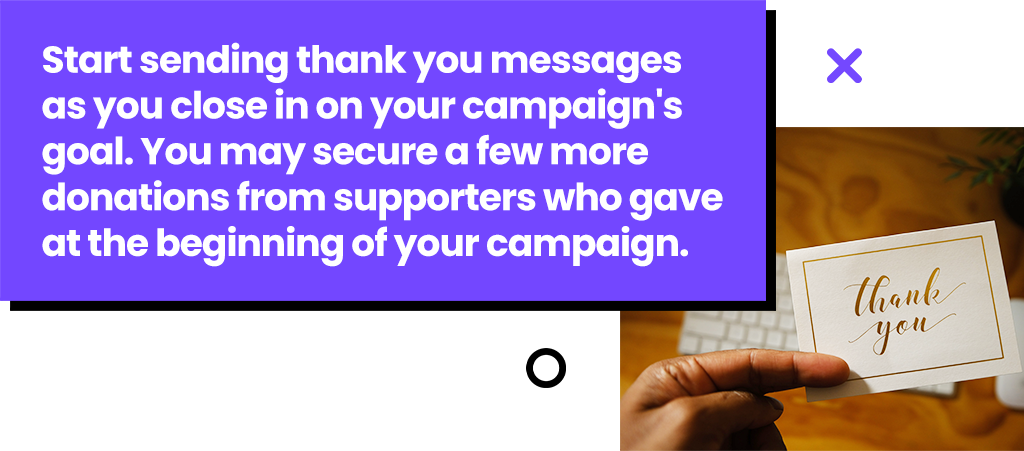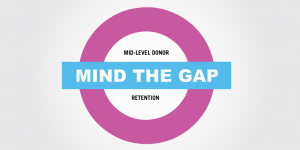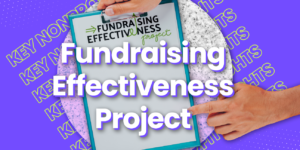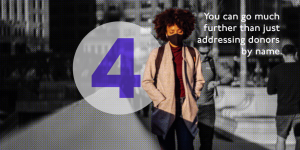As fundraisers, we often pride ourselves on our ability to wear multiple hats, be adjustable, and pivot on the fly. But it’s better to be proactive than reactive, especially with big projects. So, it’s important to think ahead and build a strategic plan for your capital campaign communications!
Think about it this way.
How would it go if we asked you to bake a cake from scratch without a recipe or instructions? Would you be able to achieve your goal? Would you create something worthwhile?
We didn’t think so. After all, you need to make the batter, bake the cake, make the icing, and ice the cake at a minimum! And it’s easier to accomplish a multi-step process like this with a strategic plan in place.
You will need to take a similar approach if your nonprofit is thinking about launching a major capital campaign! It starts by thinking strategically about your capital campaign communications, the main campaign phases, and every step along the way.

A recipe for strategy and success.
First things first. You need to develop your strategic message and make sure everyone involved with your capital campaign is on the same page. After all, this core idea will steer your outreach strategy in each capital campaign phase. It will also be key for building your campaign’s brand.
Let’s stick with our cake example.
We usually don’t bake cakes for the sake of it! Whether it’s a birthday, wedding, or graduation, we use cakes to communicate “congratulations and good luck!”
And like giving someone a cake means more than “here’s a cake,” your capital campaign communications should be built on a strategic message that says more than, “we need to build something.”
So, assemble your campaign committee and work together to create a strategic message that explains what your campaign will accomplish and how this project will advance your organization’s mission. For example, a youth organization isn’t just building a new rec center. They’re creating a home away from home where kids can explore their talents and discover their passions!
This message will be the core focus of your communication materials. But staff, volunteers, and board members will need to be trained on how to share your strategic message in their own conversations as well.
READ MORE: What should you know about capital campaign branding?
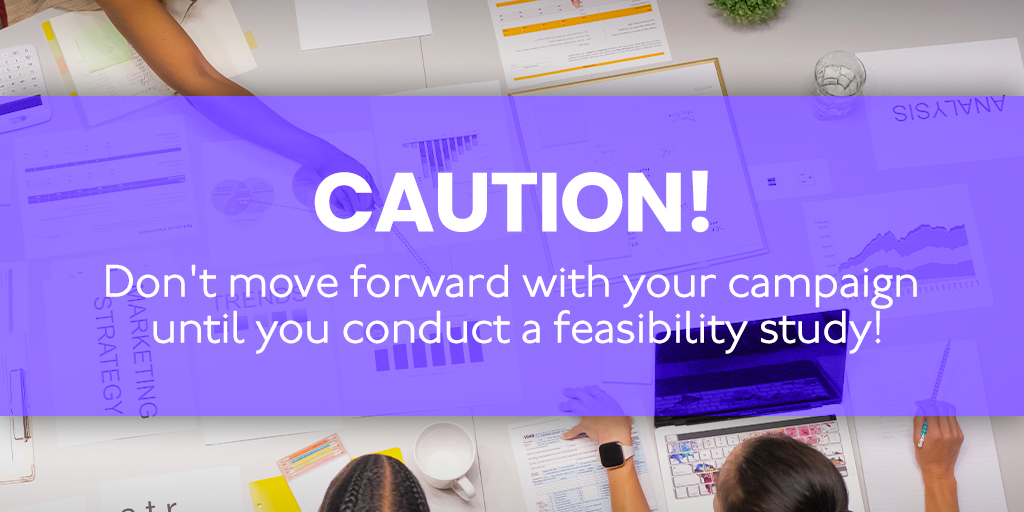
Is it feasible?
As we mentioned earlier, it’s important to be proactive when undertaking a project as big as a capital campaign. So, make sure you set aside time to plan and prepare your communications strategy and case statement before moving into the active campaign phases.
But the first step is to determine if your campaign is feasible. Or in other words, will you realistically be able to pull this off?
So, you will need to conduct a feasibility study that outlines what you’re trying to do, determines rough costs so you can set fundraising goals, and evaluates how key donors feel about the campaign and its goals.
This process will help you assess your organizational capacity and identify the resources you need to carry out the campaign.
Do you have the staff, donors, and volunteers to champion this cause and make your vision a reality?
It will be helpful to develop your strategic message before conducting your feasibility study. Doing so will help you present a more compelling argument for why this campaign is so important during your conversations with key donors.
However, you will want to determine if the goals of your campaign are realistic and exciting for donors before moving forward with building your campaign’s brand, the case for support, and other outreach materials.
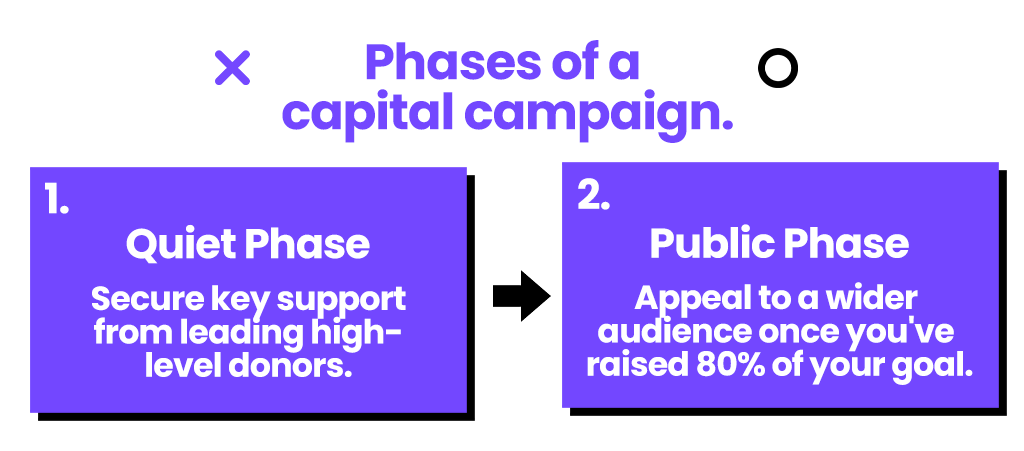
The quiet phase.
Now that all the ingredients for our cake are together, it’s time to preheat the oven!
You will start warming up towards your goal during the quiet phase by reaching out to your strongest donors and asking for significant support. So, the first step will be identifying the donors who are likely to make a sizeable donation and help you get the ball rolling.
As usual, strong donor data will make your job easier.
Anyone you consider a major or high-level donor should be approached during the quiet phase. Set up in-person meetings with these individuals and thank them for everything they’ve already done to bring your mission to life. Then, make a compelling case for your exciting new project and ask them to help lead your new capital campaign.
It can be helpful to incentivize these leading donors to thank them for being such an important part of your work.
So, consider building naming opportunities into your pitches. Name your new building, or a wing of it, after an individual who really impresses you with a game-changing gift! Donors who give in the next tier and still provide considerable support can have their name engraved on a dedicated “founder’s wall” or be recognized in other ways.
You should be well on your way to your fundraising goal before moving to the next phase. Projects that are already moderately funded before moving into the public phase seem set up for success. And this is key for rallying the support from other donors and the public in the next phase!
So, you’ll want to raise at least 80 percent of your total goal before moving forward.
READ MORE: Are you keeping good data hygiene?
The public phase.
Ready? Set. Bake!
It’s been a while since you conducted your feasibility study, built your strategic message, and created a case for support. But now that your project is partially funded, it’s finally time to move into the next phase.
That’s right, it’s time to go public. In this phase, you will be reaching out to your wider donor base and the public for support.
Like your other direct fundraising campaigns, it’s important to go surround sound with your capital campaign communications. Your case for support and campaign brand are the keys to building an outreach strategy that engages donors, connects the dots, and gets them excited to give.
So, remember to stay focused on your case and why this campaign is an important part of how you make the world a better place! And at the minimum, plan on having emails, direct mail, social media, and a campaign microsite as key components of your outreach during the public phase.
As always, segment your audiences and use your data to be more personal and relevant!
As you near your goal and look to wrap up the public phase, you may consider match gift challenges, new recognition opportunities, or other ways to create urgency and secure those final few donations.
READ MORE: The do’s and don’ts of going surround sound.
Coming up on completion.
It’s never too early to say thank you. So, as you close in on your goal, start reaching out to thank everyone who helped you get this far. Who knows, someone who made a large donation at the beginning of your campaign years ago may give a little more if they see you’re 98 percent of the way to your goal!
And reaching your goal will call for a celebration. So, we hope you’re ready for cake!
Make sure to reach out and let everyone know what your supporters helped you accomplish over the past few years. The idea behind the strategic message you built at the beginning of your campaign is becoming a reality!
So, get loud, proud, and thank everyone involved! Send out emails and postcards to show donors the impact of their support. Submit a press release and reach out to let the local news media know what you’re about to do for the community. And update your campaign microsite to extend the story as your vision comes to life.
And don’t forget to hold an event to recognize leadership donors and other major funders. It’s a great idea to bring everyone together, celebrate, and let them know how else they can make a difference through your organization.
And don’t worry, there will be cake!



